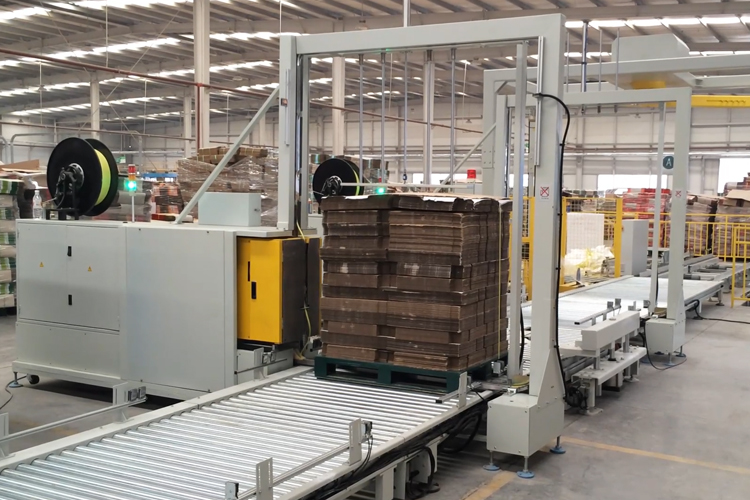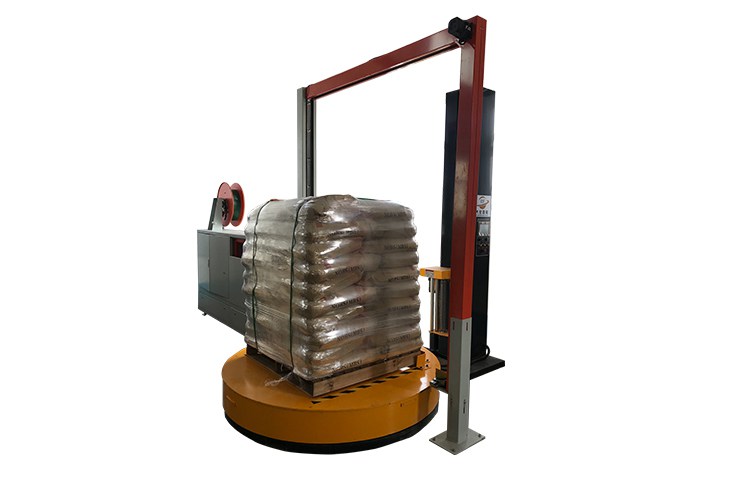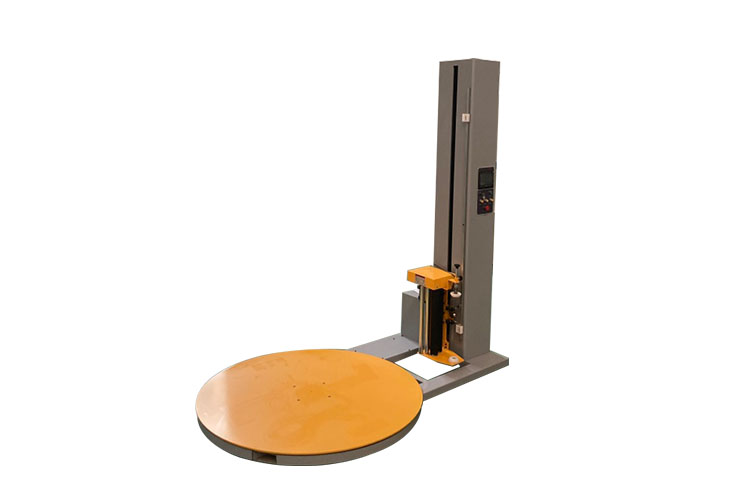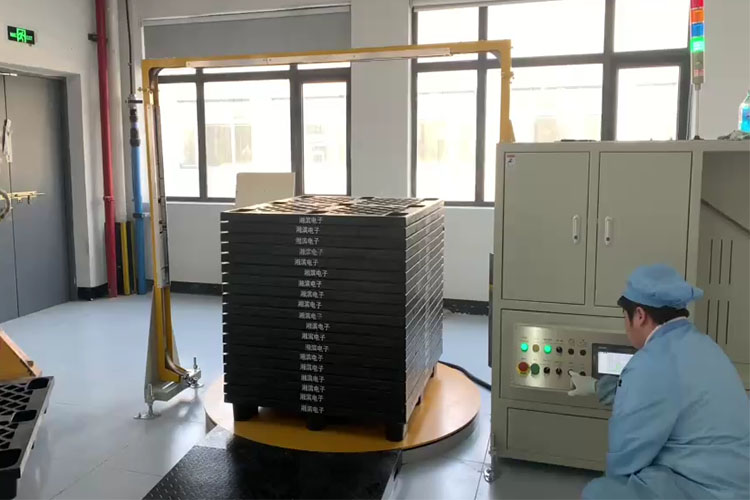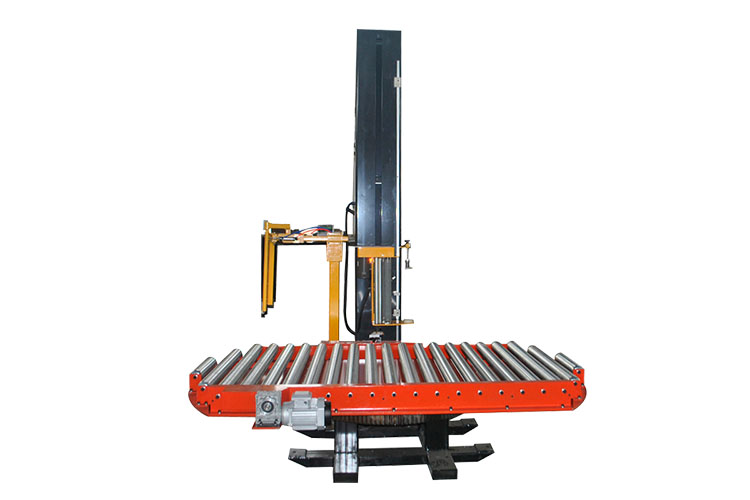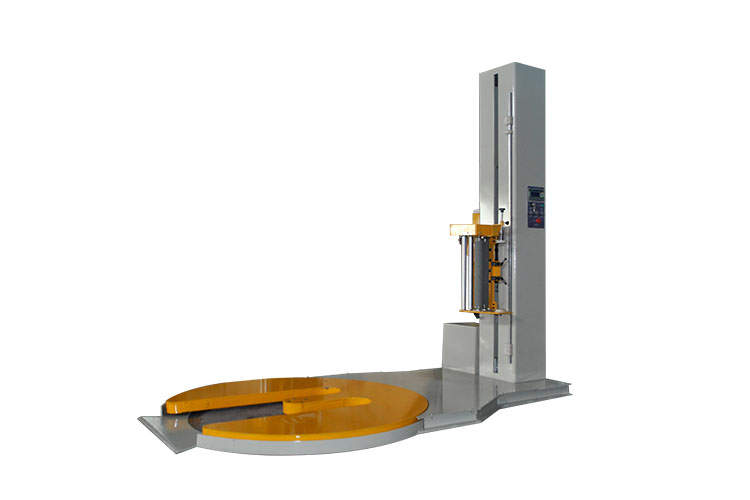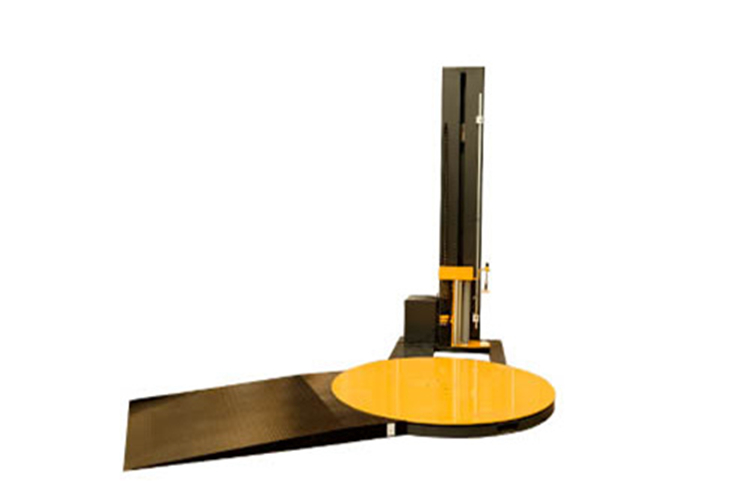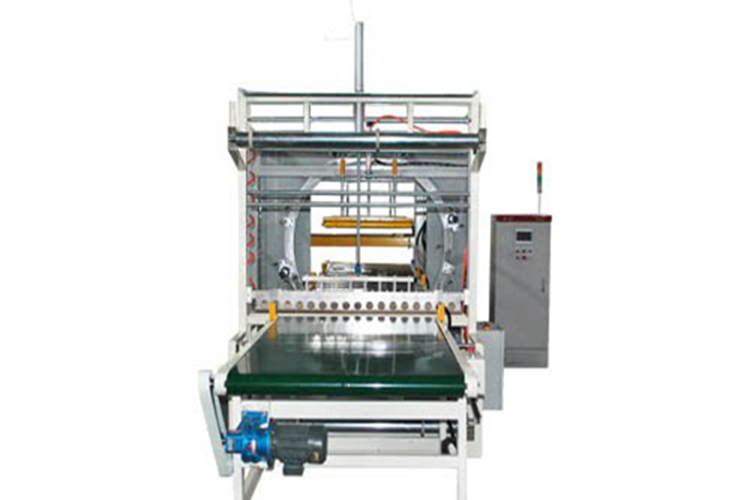Fully Automatic Stretch Film Wrapping Machine | Enhancing Efficiency and Standardization while Cutting Costs
Date: 2025-10-15Id:418Views:
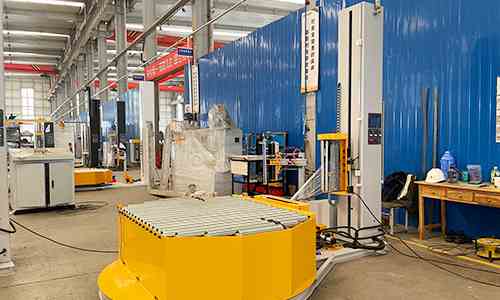
The Dahong automatic stretch film wrapper provides an intelligent, high-efficiency solution—delivering precise, standardized wrapping while lowering costs.
Smart system control for stable automation
Equipped with a PLC control system and photoelectric sensors, the machine automatically detects load height and completes wrapping and cutting without manual adjustment.
It automatically sets wrapping layers and tension for different product sizes. Operators only need to press one start button to begin standardized wrapping—greatly improving production speed.
Power pre-stretch system saves up to 30% film
The dual-chain power pre-stretch mechanism stretches film to 250–300%, ensuring tight wrapping while saving material.
Wrapped pallets are smooth, tight, and resistant to loosening, dust, and moisture, with a clean, professional finish that enhances shipping safety and product appearance.
Durable and versatile for diverse packaging needs
The machine runs stably for long hours and supports various products including pallets, cartons, drums, and bags in industries such as chemicals, building materials, food, electronics, daily chemicals, and logistics.
Optional top-sheet cover, pressing device, and conveyor integration enable full production line connectivity.
Standardized packaging improves efficiency and brand image
Automatic wrapping ensures consistent tension and film layers for every load, preventing cargo shifting or loosening during transport.
Uniform, professional wrapping enhances the company’s shipping image and customer confidence.
Customer Case: Building Materials Industry Upgrade
A Shandong building materials factory increased output from 20 to 45 pallets/hour after adopting Dahong’s fully automatic wrapper, while reducing film use by 28% and cutting operators from 4 to 1.
The manager shared: “Manual wrapping was slow and uneven—automation made shipping faster, steadier, and more cost-effective.”
Related


